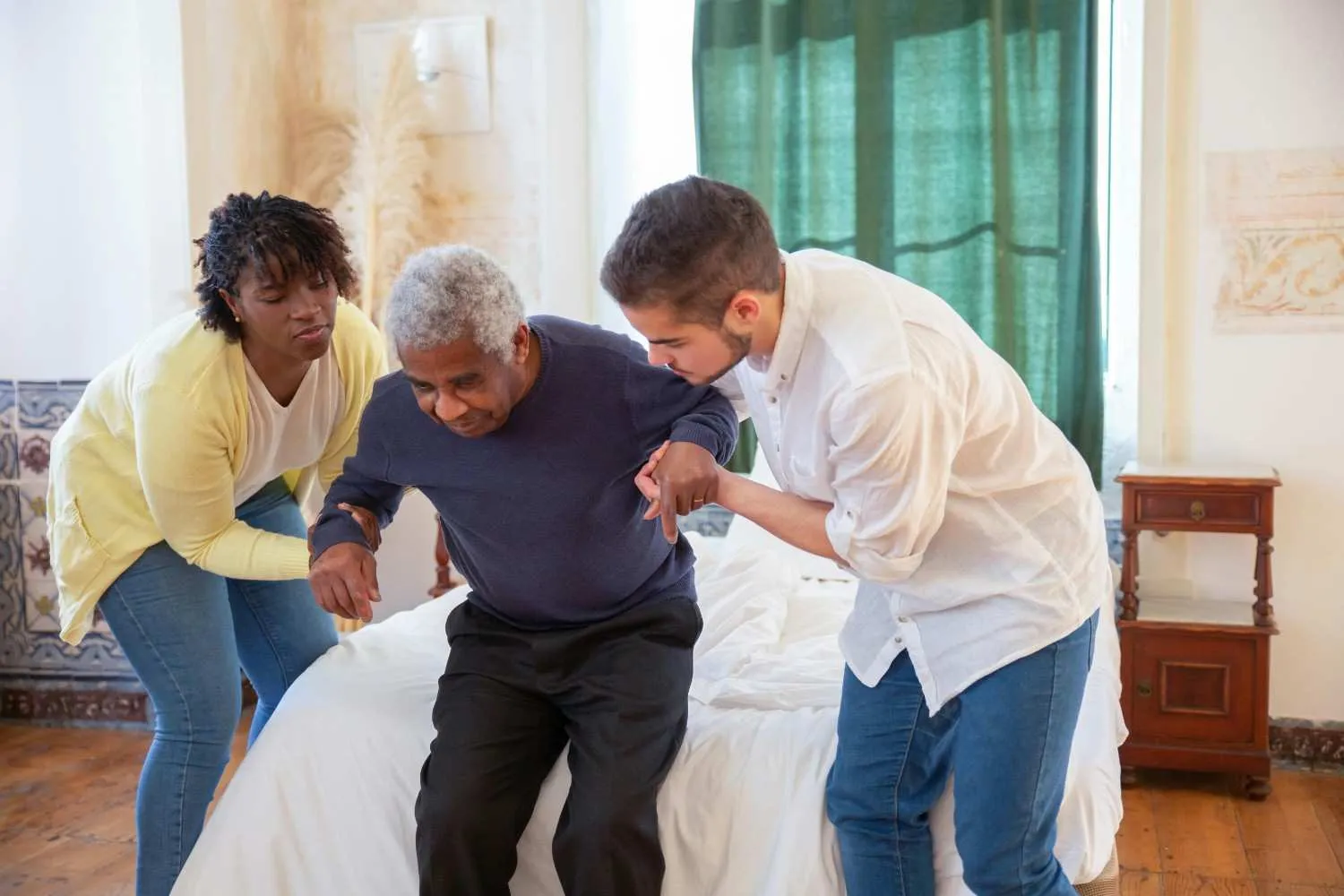What is the Guillain-Barre Syndrome?
The Guillain-Barre syndrome is a rare disorder where the body's immune system starts attacking its own nerves. Tingling and weakness in one's extremities are usually the first symptoms of this disorder. These sensations can spread quickly enough, eventually paralyzing the entire body. In its worst form, the Guillain-Barre syndrome constitutes a medical emergency where patients need to be hospitalized to receive treatment.
The exact cause of this syndrome is unknown, but it has been observed that it's preceded by an infectious illness (like the stomach flu or a respiratory infection)
Signs and symptoms:
These may include the following -
- A prickling sensation in your fingers, ankles, toes or wrists
- Weakness in your legs which can spread to your upper body
- Inability to walk or to climb stairs
- Difficulty with facial movements, including swallowing and chewing food
- Severe pain that worsens at night
- Difficulty in bladder control and/or bowel function
- A rapid heart rate
- Low or high blood pressure
- Difficulty in breathing
This syndrome often begins with a tingling and weakness which begin in the feet and legs and can spread to the upper body and arms. In almost 10% of people with this disorder, the symptoms start showing in the arms or face.
People with the Guillain-Barre syndrome also experience maximum weakness within two to four weeks after the symptoms begin to manifest themselves. The recovery begins usually three weeks after the weakness starts going away. As the syndrome progresses, the muscle weakness can evolve into muscle paralysis.
Types of Syndromes
In the beginning, the Guillain-Barre syndrome was thought to be a single disorder, but with the progression of time it was understood that this syndrome occurs in several forms. Its main forms include:
- AIDP (Acute inflammatory demyelinating polyradiculoneuropathy), which is the most common form of the syndrome. The easiest way to recognise it is by understanding that the muscle weakness begins starts in the lower part of the body and starts spreading upwards
- MFS (Miller Fisher syndrome). Here the muscle paralysis begins with the eyes. The Miller Fisher syndrome is also associated with an unsteady gait and it occurs in about 5% of people who suffer from the Guillain-Barre syndrome.
- AMAN (Acute motor axonal neuropathy) and AMSAN (Acute motor-sensory axonal neuropathy). These syndromes are more common in China, Japan and Mexico.
When should one see a doctor?
If tingling in your body seems to get worse, call your doctor immediately for immediate medical help. The disease's signs or symptoms include:
- Tingling which began in your feet or toes and is now spreading upwards in your body
- Weakness or tingling which is spreading rapidly
- Shortness of breath or difficulty in catching your breath even when lying down
- Choking on your own saliva
Please understand that the Guillain-Barre syndrome is a serious condition and it may require hospitalization because it can worsen very quickly. The sooner the treatment is started, the better the patient has of a good outcome.
There's no known cure for this disorder syndrome, however, but several treatments can ease the discomfort caused by its symptoms and reduce the duration of the illness as well. Most people recover from it, but there are many who may experience lingering effects like weakness, numbness or fatigue.

Reviewed by







